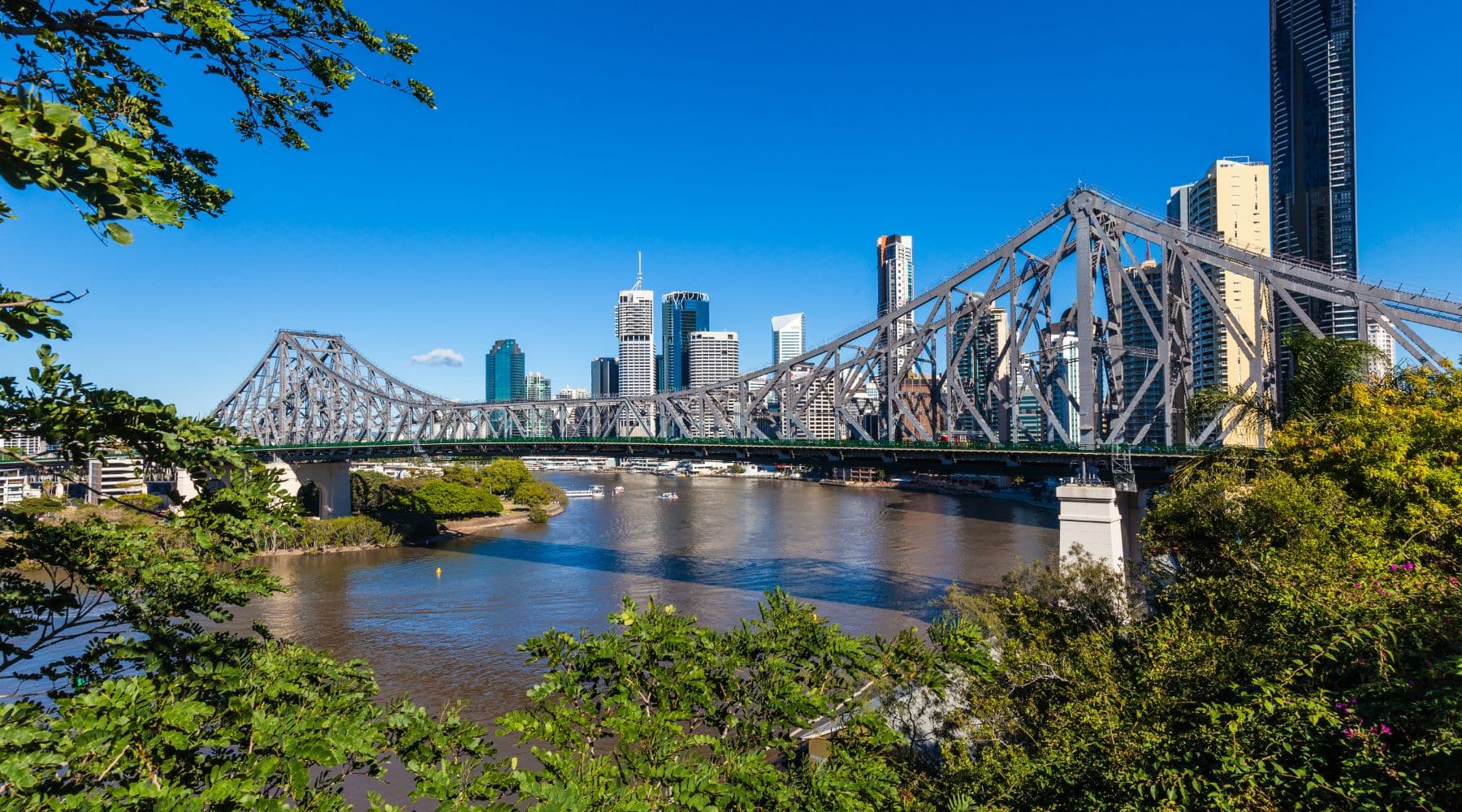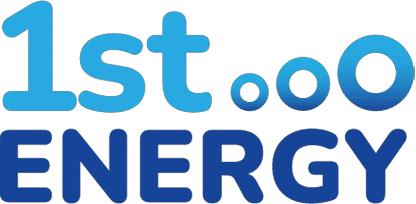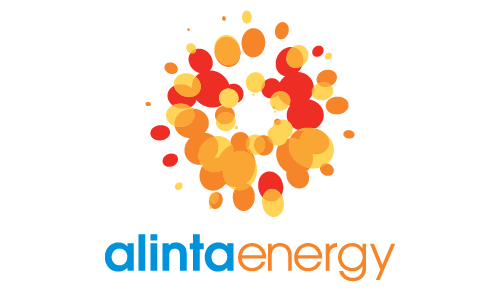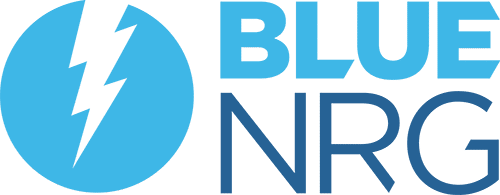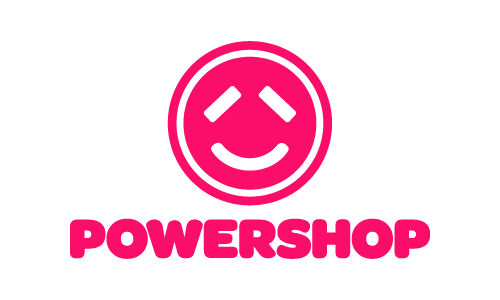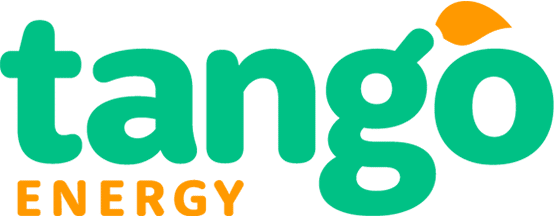Energy costs in Queensland can vary depending on where you live. You won’t always be able to choose your plan, but if you can – and the majority of QLD residents can – you might be paying more than you need to. With different gas providers available across the state for mains-connected customers, and a wide range of electricity retailers for those in SE Queensland, it’s important to regularly compare plans to find the best deal for your home.
How does the QLD energy system work?
Queensland is unique because its electricity market is split into two very different systems.
In South East Queensland, while there is just one distributor, Energex, the market is deregulated, giving customers a wide choice of electricity retailers competing for their business. Energex serves roughly 75% of the QLD population.
However, in regional Queensland, the market is largely controlled by a single provider, Ergon Energy, with only limited competition emerging in some areas since 2025.
This split means the way electricity is supplied, priced and sold varies greatly depending on where in the state you live.
When it comes to gas, you can compare plans in most parts of Queensland – if your home is connected to mains gas.
Types of energy plans
What is the average energy bill in QLD?
The size of your electricity bill in QLD depends on things like household size, energy use, time of year and the tariff you’re on, as well as where in the state you live.
Households on standing offer plans in the Energex network saw bills increase by up to 3.7% in 2025 while Ergon customers saw an average increase of 3.8%.
Based on Default Market Offer (DMO) figures for SE QLD, the typical annual bill for a three-person household consuming around 5,000 kWh is now about $2,143 – $179 per month – compared to the national average of approximately $1,994 per year.
If your bill is higher than this but your household uses less electricity, it could mean you’re on a more expensive plan and there might be cheaper options available for you.
How to compare electricity in QLD
How electricity plans work in QLD
How your electricity plan works depends on where in Queensland you live.
SE QLD
If you’re in South East Queensland, including Brisbane, the Gold Coast and the Sunshine Coast, electricity is deregulated, which means you can choose from a variety of retailers. There are two main types of basic plans:
Standing offers: these are the default rates you pay if you don’t pick a specific plan. Called the Default Market Offer (DMO), these prices are set every year by the Australian Energy Regulator (AER) and apply not just in SE QLD, NSW and SA. The DMO ensures that customers who don’t switch still pay a fair price, but these plans still tend to be more expensive than market deals. In SE QLD, only about 10% of customers are on the DMO.
Market offers: these have competitive prices and often come with discounts or special deals. You may be able to pick a fixed-term plan that locks in your rate or a variable plan where prices can go up or down. These plans usually cost less than the DMO, but since offers can change, it’s a good idea to check them regularly to make sure you’re still getting a good deal.
Regional QLD
In regional Queensland, things work a little differently and your options for electricity plans are much more limited. Prices are set by the Queensland Government, with price caps and subsidies meaning most customers pay less than the actual cost of delivering power.
This makes it challenging for other retailers to compete, and for a long time, government-owned Ergon Energy was sole electricity retailer in the area. However, in May 2025, Origin Energy entered the market with a small range of plans in regional centres such as Townsville, Cairns, Rockhampton, Mackay, Bundaberg and Toowoomba, offering customers in certain parts of regional Queensland a degree of choice.
Note: NSW provider Essential Energy supplies areas in and around Goondiwindi on the Queensland–New South Wales border. Customers in this area can choose from the plans on offer from retailers operating in that area.
Types of electricity tariffs in QLD
When you’re choosing an energy plan, you may have access to different tariff options:
- Single rate: a flat rate applies to all electricity you use, regardless of the time of day.
- Time of use: prices change depending on when you use electricity, with higher rates during peak times and lower rates during off-peak periods.
- Demand: a charge is added based on your highest peak usage during the billing cycle.
- Controlled load: certain appliances, such as electric hot water systems, can run on a separate, cheaper tariff managed by your energy provider.
Many of these tariffs require a smart meter, which the Australian Energy Market Commission (AEMC) plans to roll out to all homes by 2030.
Cheapest electricity plans in QLD
These are some of the cheapest electricity plans currently available through Savvy for Brisbane household as of November 2025. The cheapest plan is 17% less than the DMO reference price.
| Provider | Plan | Estimated monthly cost | Estimated annual cost |
|---|---|---|---|
| Alinta Energy | HomeDeal Select | $152 | $1,778 |
| OVO Energy | The One Plan | $155 | $1,823 |
| Momentum Energy | Warm Welcome | $156 | $1,826 |
| Powershop | Power House | $156 | $1,831 |
| Red Energy | Red Living Energy Saver | $156 | $1,834 |
| ENGIE | ENGIE Perks Plus | $161 | $1,885 |
| EnergyAustralia | Balance Plan | $164 | $1,929 |
| 1st Energy | 1st Saver | $172 | $1,013 |
| AGL | Smart Saver | $173 | $2,036 |
| Source: Econnex, November 2025 Costs based on average daily usage of 12.60 kWh |
|||
Electricity providers in QLD
If you’re in SE QLD and on the Energex network, you’ll have a wide range of retailers to choose from, including:
- 1st Energy
- AGL
- Alinta Energy
- Amber Electric
- CovaU Energy
- Diamond Energy
- Energy Locals
- EnergyAustralia
- ENGIE
- Flipped Energy
- GloBird Energy
- Kogan Energy
- Momentum Energy
- Nectr
- Origin Energy
- OVO Energy
- Pacific Blue
- Powershop
- Red Energy
- Sumo
- Tango Energy
In regional QLD, you'll usually be limited to Ergon Energy plans, though Origin Energy has recently started offering plans in certain areas of the state.
Solar power in QLD
Queensland leads the way in solar energy, hitting over one million rooftop solar installations by 2023 – the first Australian state to do so. As of October 2025, more than half of Queensland homes have solar panels.
While there is no state-specific support for solar panels, households may be able to take advantage of the Australian Government’s nation-wide Small-scale Renewable Energy Scheme, which helps reduce the upfront costs of installing solar panels, solar batteries and other small-scale renewable systems.
Additionally, if you have solar installed, you may be eligible for solar feed-in tariffs offered by retailers in both South East and regional Queensland, allowing you to earn credits for the excess electricity you export to the grid.
From July 2026, households in South East Queensland may get free solar power during the day, even if they don’t have solar panels. The Government’s Solar Sharer plan will give people in DMO areas access to free electricity for at least three hours in the middle of the day when solar generation is at its peak, encouraging consumers to use more power when it’s abundant and helping to lower their bills.
How to compare gas in QLD
How gas plans work in QLD
You can compare gas plans wherever you live in Queensland, provided you are connected to mains gas. Unlike electricity prices, gas prices are not regulated or capped. This means gas retailers can set their own rates without government limits.
There are two main natural gas distributors in the state, each serving a different area:
- Allgas Energy: supplies Brisbane south of the river, the Gold Coast and down to the northern tip of New South Wales, with separate networks in Toowoomba and Oakey.
- Australian Gas Networks: serves Brisbane north of the river through to Gladstone, including the Sunshine Coast.
Note: If you live in Roma or Dalby, the gas networks are owned and operated by the regional councils in these areas.
What if my home isn’t connected to mains gas?
Many Queensland households aren’t connected to mains gas and instead rely on LPG. This is bottled gas delivered to the home, commonly used in rural and regional areas – including places like Cairns and Townsville. Queensland has the highest number of LPG-using households in Australia, with around 607,000 homes relying on it. Most households can choose from several LPG suppliers, though Savvy does not currently compare LPG options.
Types of gas tariffs in QLD
Gas charges are often structured using a block system. This means your consumption is divided into sections (“blocks”) each billed at different rates. Typically, the first block of gas you use is charged at a higher rate, with subsequent blocks billed at progressively lower rates.
Cheapest gas plans in QLD
These are the cheapest gas prices available through Savvy for a household in Brisbane as of November 2025.
| Provider | Plan | Estimated monthly cost | Estimated annual cost |
|---|---|---|---|
| Alinta Energy | HomeDeal Essential | $38 | $445 |
| AGL | Smart Saver | $39 | $452 |
| Red Energy | Red Living Energy Saver | $44 | $509 |
| Source: Econnex, Novemeber 2025 Costs based on an average daily usage of 10.08 MJ |
|||
Gas providers in QLD
In Queensland, you have a choice of retailer for mains gas, though what’s available depends on where you live and your distributor:
Allgas Energy
- AGL
- Alinta Energy
- CovaU Energy
- Discover Energy
- GloBird Energy
- Origin Energy
- Red Energy
Australian Gas Networks
- AGL
- Alinta Energy
- Origin Energy
- Red Energy
Why compare energy plans through Savvy?
100% free to use
You won't need to pay a cent to compare a variety of energy plans online through Savvy. It's 100% free.
Simple online quotes
By filling out your form and providing a recent energy bill, you can have all the facts and figures worked out for you.
Choice of leading providers
When you fill out your quote, you'll be able to consider offers from some of the leading energy providers in Australia.
Tips for comparing energy in NSW
-
Check what energy services are available
Not all areas in Queensland have access to mains gas or many electricity providers, so it’s important to know what’s available in your area. This helps you understand your options upfront and avoid wasting time looking for plans you can’t get.
-
Know your energy use
Review your recent bills to see when and how much energy you use. This helps you find a plan that fits your needs.
-
Understand all charges
Consider both the daily supply fee (a fixed cost) and the usage rates (what you pay per unit) to get a complete view of your expenses.
-
Consider feed-in tariffs
If you have solar panels, check what feed-in tariff your energy provider offers for sending excess electricity back to the grid. Feed-in rates vary between retailers, so comparing providers can make a difference.
-
Review your plan regularly
Energy plans and prices change, so check your options at least annually to make sure you’re on the best deal.
QLD energy rebates and concessions
Queensland households may qualify for energy bill support depending on their circumstances.
Energy Bill Relief Fund
The Australian Government’s nationwide Energy Bill Relief Fund provided Queensland households with up to $150 in bill relief in the latter half of 2025, but is coming to an end on 31 December 2025.
The Government currently has no plans to extend the scheme and the $500 electricity rebate scheme that provided a one-off payment to residents in 2023 has now closed, meaning Queenslanders will only have access to energy bill concessions if they are an eligible pensioner, a Centrelink recipient, have a medical condition or are on a lower income.
Energy concessions
As of November 2025, these are the energy bill concessions and support available to Queensland residents.
| Energy concession | Purpose | Amount | Eligibility |
|---|---|---|---|
| Electricity Rebate | A discount to help eligible households reduce electricity costs | $386.34 per year | Queensland Seniors Card Services Australia or Department of Veterans' Affairs Pensioner Concession Card Services Australia Health Care Card Department of Veterans’ Affairs Veteran Gold Card Asylum seeker status |
| Reticulated Natural Gas Rebate | A discount to help eligible households reduce mains gas costs | $92.12 per year | Queensland Seniors Card Services Australia or Department of Veterans' Affairs Pensioner Concession Card Department of Veterans’ Affairs Veteran Gold Card Asylum seeker status |
| Electricity Rebate for residential home parks and multi-unit residential premises | A discount to help those living in residential home parks or multi-unit residences reduce their electricity costs (claimed by proprietors on behalf of residents) | $1.0585 per day (inclusive of GST) | Queensland Seniors Card Services Australia or Department of Veterans' Affairs Pensioner Concession Card Services Australia Health Care Card Department of Veterans’ Affairs Veteran Gold Card Asylum seeker status |
| Reticulated Natural Gas Rebate for residential home parks and multi-unit residential premises | A discount to help those living in residential home parks or multi-unit residences reduce their mains gas costs (claimed by proprietors on behalf of residents) | $0.2524 (inclusive of GST) | Queensland Seniors Card Services Australia or Department of Veterans' Affairs Pensioner Concession Card Department of Veterans’ Affairs Veteran Gold Card Asylum seeker status |
| Medical Cooling and Heating Electricity Concession Scheme | To help with electricity costs for people who have a chronic medical condition that is aggravated by changes in temperature | $522.09 per year | Have a qualifying medical condition Services Australia or Department of Veterans' Affairs Pensioner Concession Card Services Australia Health Care Card |
| Electricity life support | To help with the cost of running a home-based oxygen concentrator or kidney dialysis machine | $1,063.30 per year for each oxygen concentrator $712.07 per year for each kidney dialysis machine |
Receive your oxygen concentrator for free through the Medical Aids Subsidy Scheme (MASS) and have been medically assessed Receive your home-based kidney dialysis machine for free through a Queensland Health hospital Pensioner Concession Card Health Care Card Health Care Interim Voucher Child Disability Allowance Queensland Seniors Card |
| Home Energy Emergency Assistance Scheme (HEEAS) | One-off emergency assistance to help with paying your home energy bills | Up to $720 every two years | Concession card Income below the government’s pension threshold – and have experienced a big income drop Be part of your energy provider’s hardship program Have had unexpected essential expenses |
- Demography - Queensland Government
- Final determination on 2025–26 safety net prices for NSW, SA and SE QLD - Australian Energy Regulator
- Price changes from 1 July 2025 - Ergon Energy
- Understand the electricity supply system - Queensland Government
- Regulated retail electricity prices 2025-26 - Queensland Competition Authority
- Origin Energy introduces electricity competition to regional Queensland - ABC News
- Origin brings choice of electricity provider to regional Queensland - Origin Energy
- What the smart meter rollout means for Queenslanders - Energy & Water Ombudsman Queensland
- Rooftop solar generates over 10 per cent of Australia's electricity - Clean Energy Council
- Solar panel install statistics in Australia - Solar Calculator
- GST and the Small-scale Renewable Energy Scheme - Australian Taxation Office
- Feed-in tariffs - Queensland Government
- More Australian homes to get access to solar power - Department of Climate Change, Energy, the Environment and Water
- Natural Gas - Maranoa Regional Council
- Gas - Western Downs Regional Council
- LPG Statistics Australia (2025 Data & Forecast) - ELGAS
- Energy Bill Relief Fund - Department of Climate Change, Energy, the Environment and Water
- Who is eligible for the $500 energy bill relief payment? It depends on where you live - ABC News

